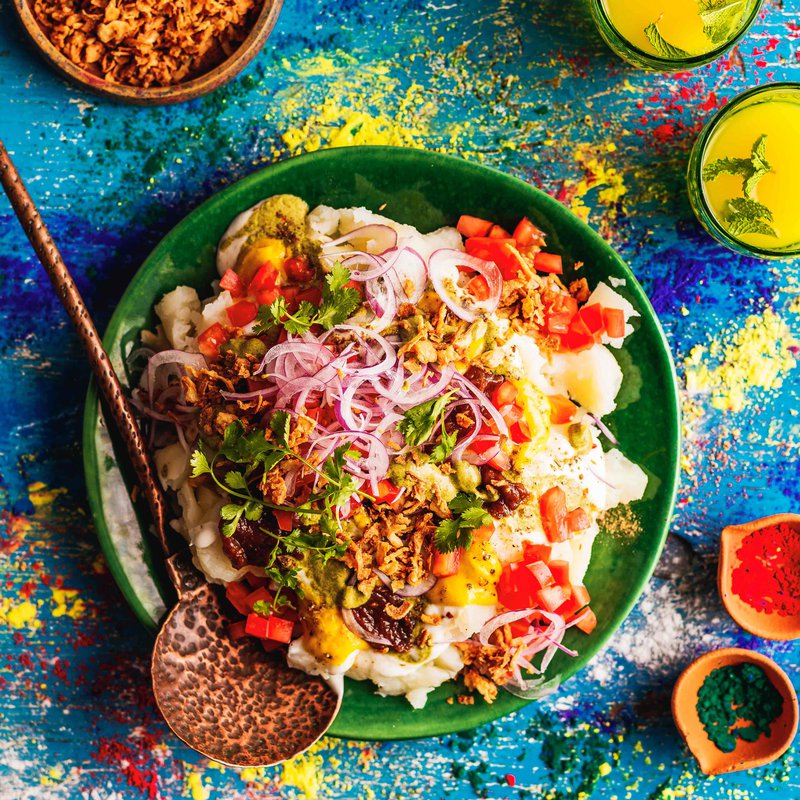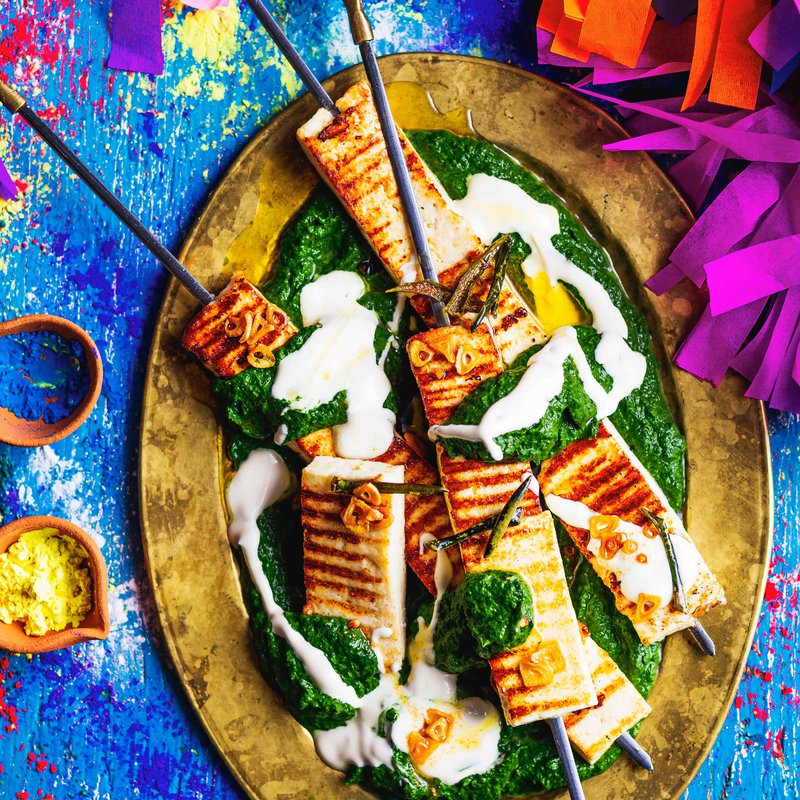Celebrate the festival of colours with these must-eat traditional Indian dishes
For many Indians, Holi is the festival that welcomes spring. Being an agrarian economy historically, Indian farmers consider this an auspicious day because it precedes the harvest season. Bonfires are lit to celebrate the victory of good over evil and gulaal or coloured powder is smeared across cheeks and foreheads, which symbolises the end of prejudice. We’re all painted the same.
Holi brings people out of their homes and into the streets around the world to celebrate a sense of unity and brotherhood against a many-hued, kaleidoscopic explosion of colour. Since no celebration is complete without food, here’s our list of favourite Holi dishes to seek out or make on this day.
GUJIYA
Gujiya resembles a Cornish pastie. It has a sweet filling generally made with khoya or dried evaporated milk solids, dried fruits, ghee and cardamom. The addition of coconut powder to this filling turns it into another Holi specialty from the state of Maharashtra - the karanji. These pastries are deep-fried slowly until crisp and golden. Gujiyas are served as is, or sprinkled with saffron strands and dried fruit, or occasionally brushed with sugar syrup.
THANDAI
Thandai is a cooling beverage served during Holi that is topped with rose petals or strands of saffron. The drink is prepared using a distinct powdered spice mix made from fennel, cardamom and melon seeds, black pepper, roasted nuts and crushed rose petals. The mix is simmered in whole milk and then chilled before being served. Leftover thandai spice is also used to make a cordial, which can then be enjoyed all through summer.
DAHI BHALLA
A typical Holi menu would be incomplete without a chaat item, and often dahi bhalla or dahi vada is the preferred choice. The earliest mention of a dahi vada dates back to 12th-century Sanskrit texts, but the dahi vada we know today was perfected by the chefs in Mughal kitchens. To make this, a lightly fermented urad dal batter is fried, then soaked in water and wrung out, which gives it a spongy texture. These pillowy, soft fritters are then dressed with thick yoghurt, chutneys and finished with fresh pomegranate seeds. This family-favourite side dish is prepared on many special occasions including Diwali.
JALEBIS
Syrup-soaked confections are a mainstay during Holi and they come in all shapes and sizes. Jalebi has its roots in ancient Persia’s zoolabiya or zulebia. It’s made using a fermented batter that’s deep-fried and soaked in rose-flavoured sugar syrup. A Holi breakfast of jalebi and fafda (deep-fried gram fritters with turmeric and carom seeds) is preferred by some, while others make imarti, which is a riff on jalebi made with urad dal flour. Another interesting take on jalebi is the gheeyar, which is a giant crunchy jalebi made for Holi with a 48-hour fermented batter.
KANDA BHAJIYA
Bhajiya, bhaji or pakora – whichever name you’re familiar with – refer to the deep-fried fritters made using besan or gram flour that you can find at street-food corners across India. Each region has its own version of bhajji, but the most-loved version is the kanda bhajia made with nothing more than thinly sliced and salted red onions and gram flour. The salt draws out just enough moisture from the onions to create a light coating of batter on each wafer-thin slice. The result? Crunchy and golden clusters of onion that are much more satisfying than a simple onion ring.







